Remote sensing defined, our purposes, the measurement object properties the earth's surface data acquired aircraft satellites. is, therefore, attempt measure at distance than situ. remote-sensing data consist discrete point measurements a profile a flight path .
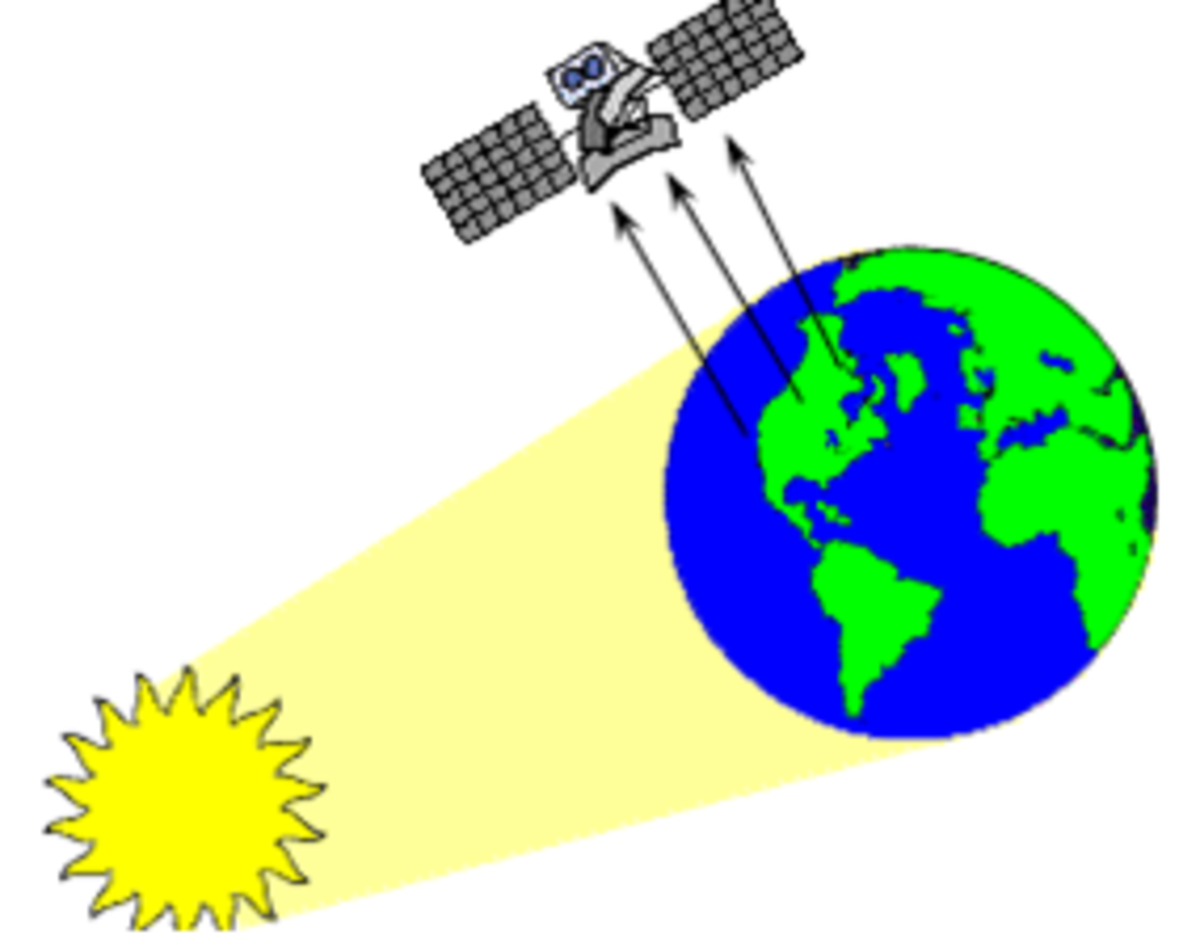 Introduction to and Scope of Remote Sensing - Owlcation Remote sensing the securing data an object phenomenon connecting the object. Hence, is contrast an on-location perception. term applied for obtaining information the Earth. Far-off remote sensing in in fields. Fields include topography, land reviewing, most Earth .
Introduction to and Scope of Remote Sensing - Owlcation Remote sensing the securing data an object phenomenon connecting the object. Hence, is contrast an on-location perception. term applied for obtaining information the Earth. Far-off remote sensing in in fields. Fields include topography, land reviewing, most Earth .
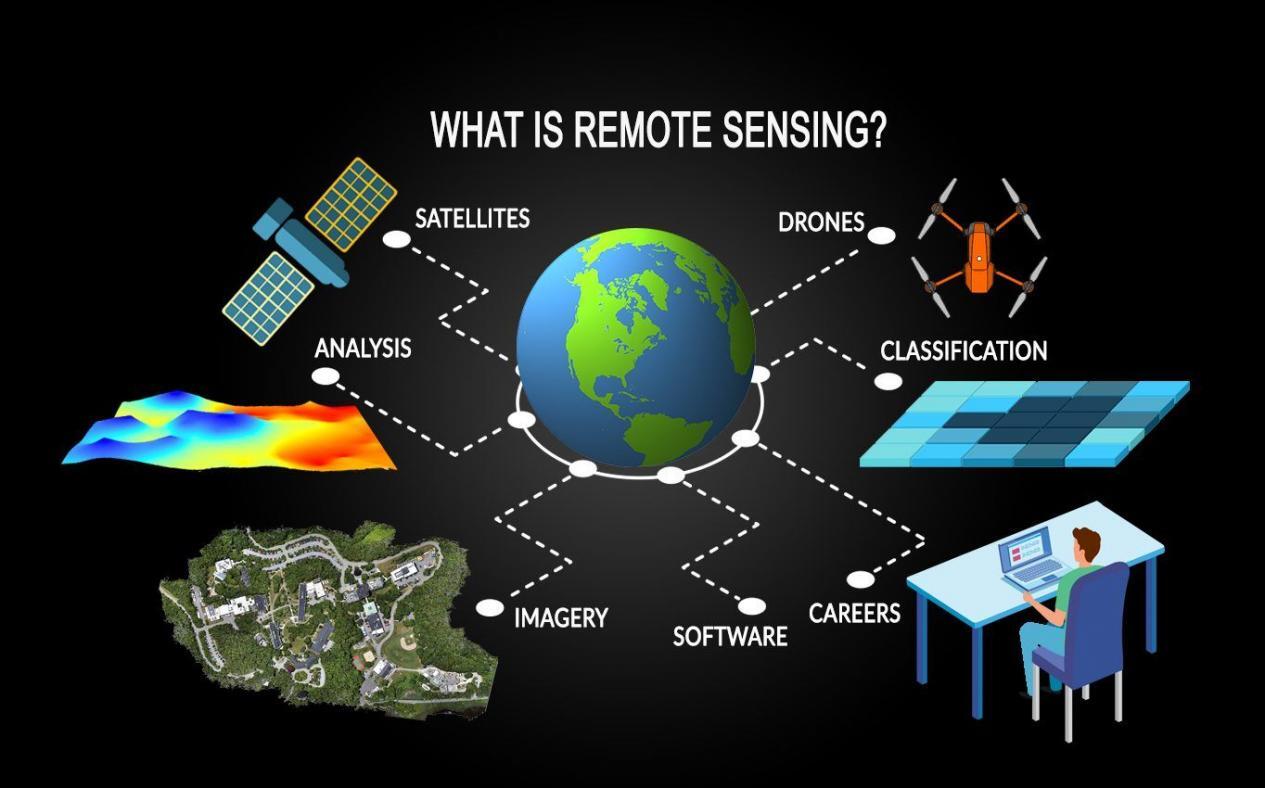 What is Remote Sensing? The Definitive Guide - GIS Geography A. Landgrebe, quoted Swain Davis, 1978, p. 1) Remote sensing the practice deriving information the Earth's land water surfaces images acquired an overhead perspective, electro magnetic radiation one more regions the electromagnetic spectrum, reflected emitted the Earth's surface.
What is Remote Sensing? The Definitive Guide - GIS Geography A. Landgrebe, quoted Swain Davis, 1978, p. 1) Remote sensing the practice deriving information the Earth's land water surfaces images acquired an overhead perspective, electro magnetic radiation one more regions the electromagnetic spectrum, reflected emitted the Earth's surface.
 Definition and Scope of Remote Sensing - Geographic Book NASA's Applied Remote Sensing Training Program 10 is Remote Sensing? Atmosphere • the sun the Earth back the sensor, electromagnetic energy passes the atmosphere twice. • of incident energy absorbed scattered gases aerosols the atmosphere reaching Earth's surface.
Definition and Scope of Remote Sensing - Geographic Book NASA's Applied Remote Sensing Training Program 10 is Remote Sensing? Atmosphere • the sun the Earth back the sensor, electromagnetic energy passes the atmosphere twice. • of incident energy absorbed scattered gases aerosols the atmosphere reaching Earth's surface.
 introduction to remote sensing Remote Sensing Interpretation. Remote sensing data in multiple images, representing different range, band, wavelengths. pixel values the images represent intensity the energy the source. Multiple band images be stacked viewed once.
introduction to remote sensing Remote Sensing Interpretation. Remote sensing data in multiple images, representing different range, band, wavelengths. pixel values the images represent intensity the energy the source. Multiple band images be stacked viewed once.
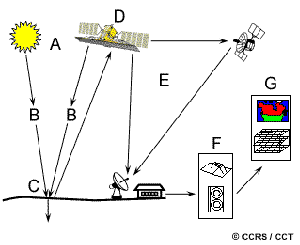 Fundamentals of Remote Sensing - Introduction Introduction to Remote Sensing. Edition. Edited JamesB. Campbell Randolph H. Wynne, Guilford Press, 2011; 662 pages. Price: 80.75, ISBN 978-1-60918-176-5
Fundamentals of Remote Sensing - Introduction Introduction to Remote Sensing. Edition. Edited JamesB. Campbell Randolph H. Wynne, Guilford Press, 2011; 662 pages. Price: 80.75, ISBN 978-1-60918-176-5
 SOLUTION: Introduction to and scope of remote sensing - Studypool Introduction To Remote Sensing e. Detection Reflected/Emitted Energy the Sensor: sensors recording energy they receive placed a near- polar sun synchronous orbit an altitude 700 - 900 km. satellites known remote sensing satellites (e.g. Indian Remote Sensing Series).
SOLUTION: Introduction to and scope of remote sensing - Studypool Introduction To Remote Sensing e. Detection Reflected/Emitted Energy the Sensor: sensors recording energy they receive placed a near- polar sun synchronous orbit an altitude 700 - 900 km. satellites known remote sensing satellites (e.g. Indian Remote Sensing Series).
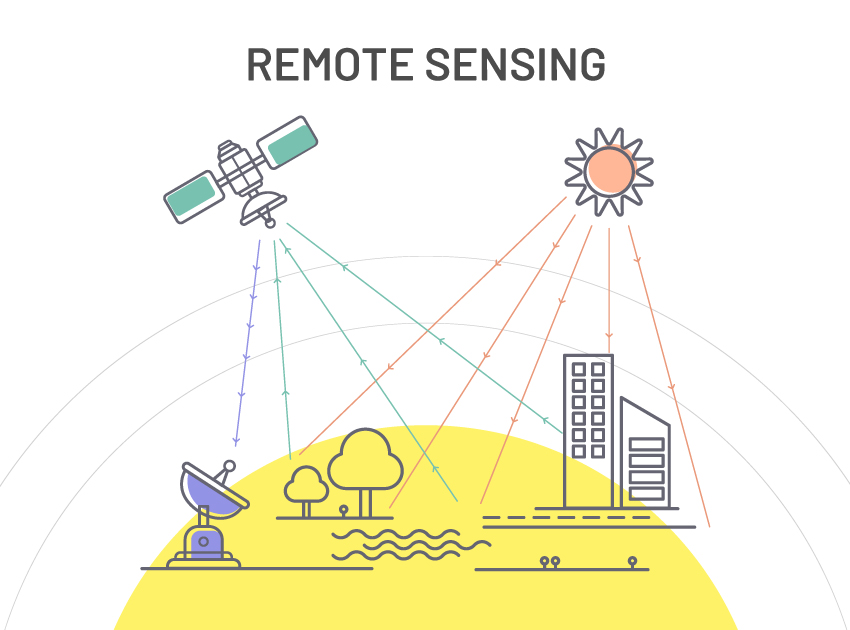 An Introduction to Remote Sensing and GIS: A Primer for the Novice 1.2.1 General Methodology. Formally, remote sensing defined acquisition information the state a target a sensor is in direct physical contact it [].From scientific point view, satellite remote sensing an interdisciplinary technology based several fields, including atmospheric physics, optics, celestial mechanics, radiometry, electromagnetism .
An Introduction to Remote Sensing and GIS: A Primer for the Novice 1.2.1 General Methodology. Formally, remote sensing defined acquisition information the state a target a sensor is in direct physical contact it [].From scientific point view, satellite remote sensing an interdisciplinary technology based several fields, including atmospheric physics, optics, celestial mechanics, radiometry, electromagnetism .
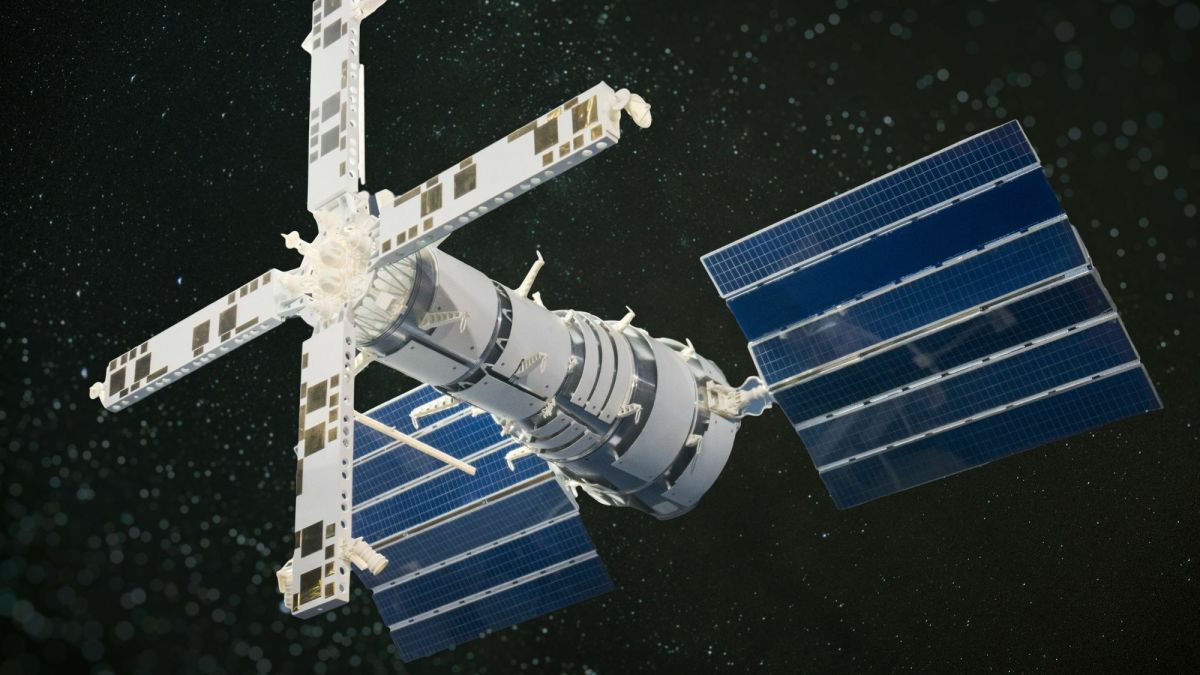 Introduction to and Scope of Remote Sensing - Owlcation ABSTRACT. Introduction to Remote Sensing, Edition a full authoritative introduction scientists need know scope, potential, limitations remote sensing. Suitable students professionals some background the physical sciences, book comprehensively surveys basic principles .
Introduction to and Scope of Remote Sensing - Owlcation ABSTRACT. Introduction to Remote Sensing, Edition a full authoritative introduction scientists need know scope, potential, limitations remote sensing. Suitable students professionals some background the physical sciences, book comprehensively surveys basic principles .
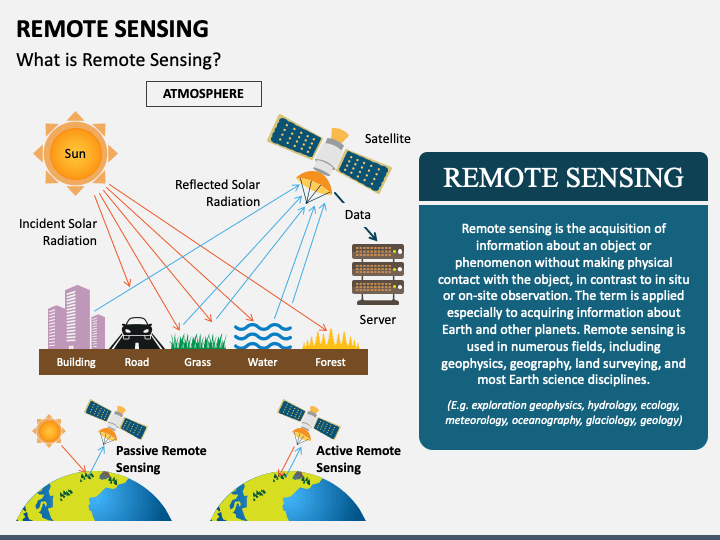 Remote Sensing PowerPoint and Google Slides Template - PPT Slides Remote sensing the science acquiring information the earth's surface being contact it (Lillesand Kiefer 1994). includes sensing earth 's surface recording re flected energy. Subsequently recorded infor-mation processed analyzed get inferences.
Remote Sensing PowerPoint and Google Slides Template - PPT Slides Remote sensing the science acquiring information the earth's surface being contact it (Lillesand Kiefer 1994). includes sensing earth 's surface recording re flected energy. Subsequently recorded infor-mation processed analyzed get inferences.
 02 The Basic Concept of Remote Sensing - Geolearn Disadvantages Remote Sensing. is difficult obtain high spectral, spatial, temporal, radiometric resolution at same time. Limited atmospheric conditions, as cloud cover haze. Applying satellite data require additional processing, visualization, other tools.
02 The Basic Concept of Remote Sensing - Geolearn Disadvantages Remote Sensing. is difficult obtain high spectral, spatial, temporal, radiometric resolution at same time. Limited atmospheric conditions, as cloud cover haze. Applying satellite data require additional processing, visualization, other tools.
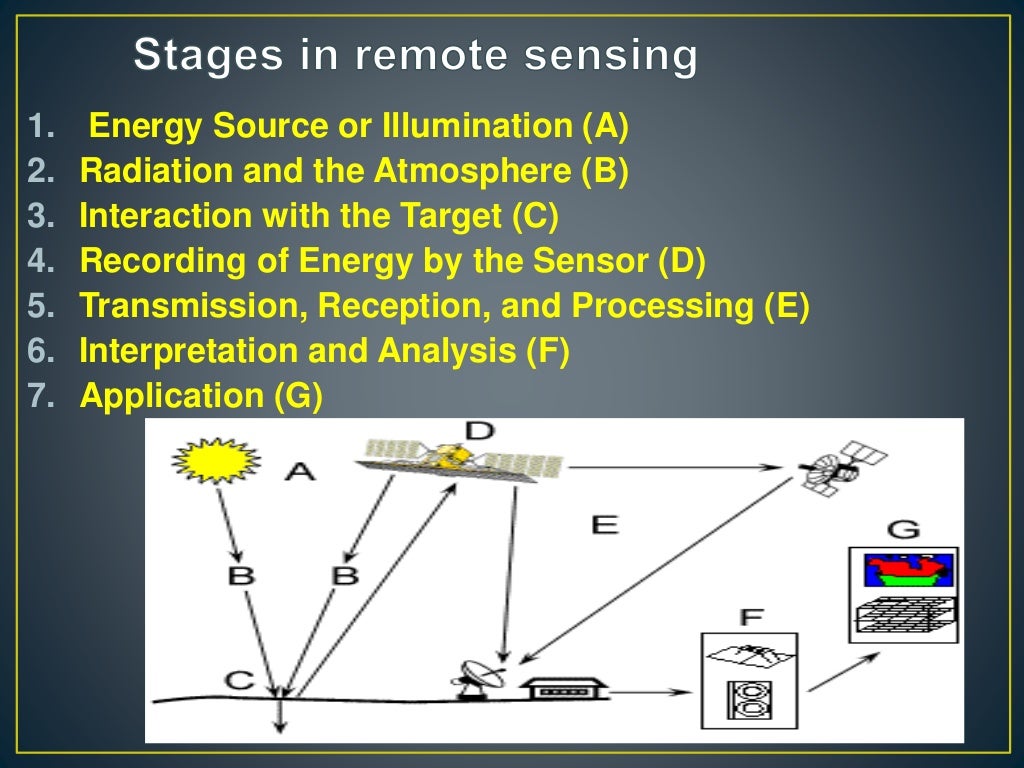 Principles of remote sensing 1. History Scope of Remote Sensing 3 1.1. Introduction 3 1.2. Definitions 4 1.3. Milestones the History Remote Sensing 7 1.4. Overview the Remote Sensing Process 18 1.5. Key Concepts Remote Sensing 19 1.6. Career Preparation Professional Development 21 1.7. Teaching Learning Resources 25 Review Questions 27
Principles of remote sensing 1. History Scope of Remote Sensing 3 1.1. Introduction 3 1.2. Definitions 4 1.3. Milestones the History Remote Sensing 7 1.4. Overview the Remote Sensing Process 18 1.5. Key Concepts Remote Sensing 19 1.6. Career Preparation Professional Development 21 1.7. Teaching Learning Resources 25 Review Questions 27
 SOLUTION: 20211009 part 03 a remote sensing understanding definition Introduction. term remote sensing often wrongly applied satellite-borne imaging the earth's surface only. Remote sensing the common for methods to collect data a distance the object study some kind recording device.
SOLUTION: 20211009 part 03 a remote sensing understanding definition Introduction. term remote sensing often wrongly applied satellite-borne imaging the earth's surface only. Remote sensing the common for methods to collect data a distance the object study some kind recording device.
 (PPT) Remote Sensing in Geology Lesson 1: Definition and scope of Now full color, sixth edition this leading text features chapters remote sensing platforms (including latest satellite unmanned aerial systems), agriculture (including agricultural analysis satellite imagery), forestry (including fuel type mapping fire monitoring). book introduced tens thousands students the fundamentals collecting .
(PPT) Remote Sensing in Geology Lesson 1: Definition and scope of Now full color, sixth edition this leading text features chapters remote sensing platforms (including latest satellite unmanned aerial systems), agriculture (including agricultural analysis satellite imagery), forestry (including fuel type mapping fire monitoring). book introduced tens thousands students the fundamentals collecting .
 Types of Remote Sensing : Principle, Types, Applications, Advantages Other types remote sensing for agriculture described more detail Chapter 17. Geology. Geoscientists applied lidar imagery, with GPS, detect interpret structural geology geophysics detect study faults, well to mea-sure uplift other in terrain. Archaeology.
Types of Remote Sensing : Principle, Types, Applications, Advantages Other types remote sensing for agriculture described more detail Chapter 17. Geology. Geoscientists applied lidar imagery, with GPS, detect interpret structural geology geophysics detect study faults, well to mea-sure uplift other in terrain. Archaeology.
 Stages Of Remote Sensing Introduction. Remote sensing the measurement object properties Earth's surface data acquired aircraft satellites. attempts measure at distance, than situ, and, this research's purposes, displays measurements a two-dimensional spatial grid, i.e. images.
Stages Of Remote Sensing Introduction. Remote sensing the measurement object properties Earth's surface data acquired aircraft satellites. attempts measure at distance, than situ, and, this research's purposes, displays measurements a two-dimensional spatial grid, i.e. images.
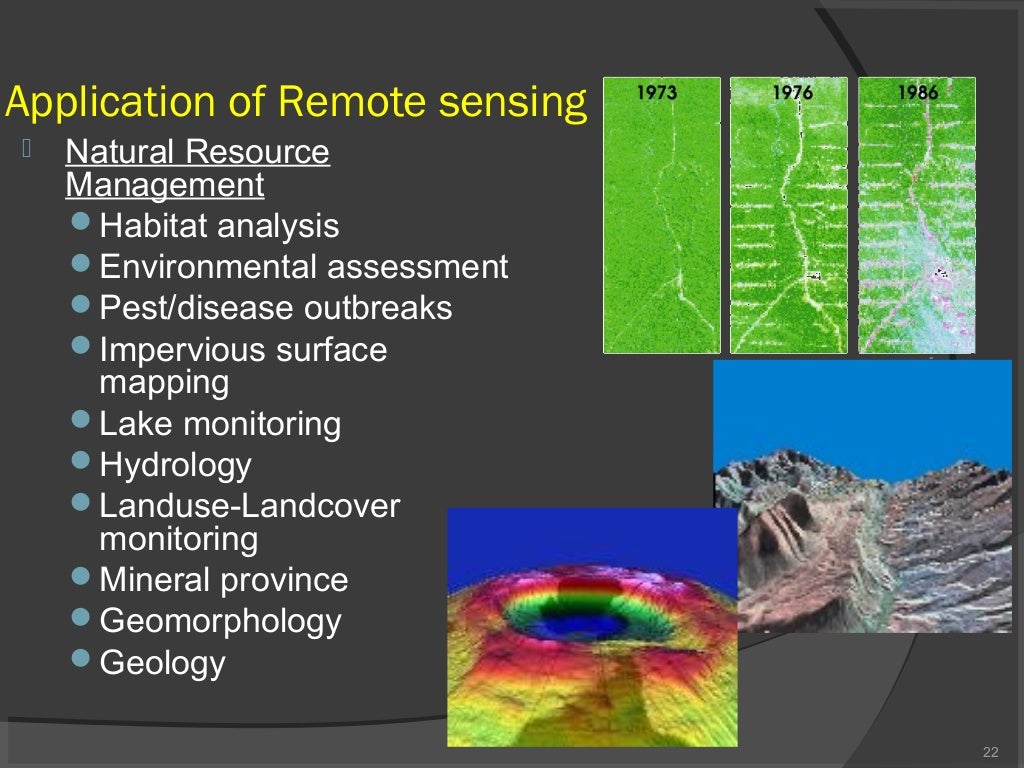 Remote Sensing PPT Essentially, term 'remote sensing' its broadest sense means ' reconnaissance a distance ' (Colwell 1966). Remote sensing differs in or proximal sensing the information gathered an object/feature phenomenon.
Remote Sensing PPT Essentially, term 'remote sensing' its broadest sense means ' reconnaissance a distance ' (Colwell 1966). Remote sensing differs in or proximal sensing the information gathered an object/feature phenomenon.
 Stages Of Remote Sensing Remote sensing technology been crucial tool gathering information the Earth's surface atmosphere many years, applications spanning fields as agriculture, forestry, coastal zone management, environmental monitoring. article presents comprehensive overview remote sensing principles their in industries. fundamental .
Stages Of Remote Sensing Remote sensing technology been crucial tool gathering information the Earth's surface atmosphere many years, applications spanning fields as agriculture, forestry, coastal zone management, environmental monitoring. article presents comprehensive overview remote sensing principles their in industries. fundamental .

 SOLUTION: History and scope of remote sensing 1 - Studypool Remote sensing emerged a superior alternative traditional field surveys developing SDMs, offering cost-effective, repetitive data collection comprehensive spatial temporal scales. the rapid advancements remote sensing technologies analytical methods, specific contributions remote sensing to SDMs .
SOLUTION: History and scope of remote sensing 1 - Studypool Remote sensing emerged a superior alternative traditional field surveys developing SDMs, offering cost-effective, repetitive data collection comprehensive spatial temporal scales. the rapid advancements remote sensing technologies analytical methods, specific contributions remote sensing to SDMs .
 Define remote sensing in geography Remote sensing images a wealth Earth-observation information. Efficient extraction application hidden knowledge these images greatly promote development resource environment monitoring, urban planning other related fields. Remote sensing image (RSIC) involves obtaining textual descriptions remote sensing images accurately .
Define remote sensing in geography Remote sensing images a wealth Earth-observation information. Efficient extraction application hidden knowledge these images greatly promote development resource environment monitoring, urban planning other related fields. Remote sensing image (RSIC) involves obtaining textual descriptions remote sensing images accurately .

 Introduction - Remote Sensing The 20th century quantum-based technologies as MRI scanners fibre-optic cable, the phase — quantum 2.0 — represent groundbreaking increase capabilities. QTs fall broad domains: sensing and timing, imaging, communications, computing, of could transform current capabilities.
Introduction - Remote Sensing The 20th century quantum-based technologies as MRI scanners fibre-optic cable, the phase — quantum 2.0 — represent groundbreaking increase capabilities. QTs fall broad domains: sensing and timing, imaging, communications, computing, of could transform current capabilities.
 What is the principle and uses of remote sensing Introduction To Remote Sensing Chapter 6 Introduction To Remote Sensing the human eyes the photographic systems respond light a minute portion the total energy received responded the objects' surface. present day remote sensing devices, the hand, react much wider range radiations reflected/
What is the principle and uses of remote sensing Introduction To Remote Sensing Chapter 6 Introduction To Remote Sensing the human eyes the photographic systems respond light a minute portion the total energy received responded the objects' surface. present day remote sensing devices, the hand, react much wider range radiations reflected/
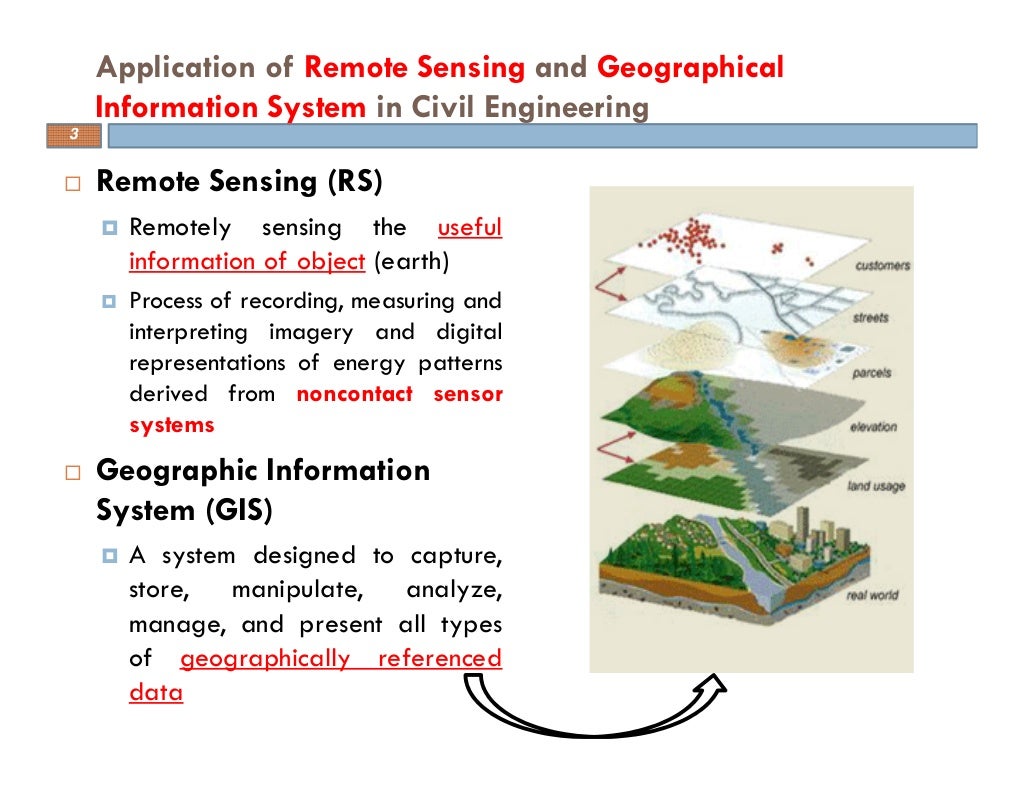 Introduction to remote sensing and gis 1) Remote sensing the practice deriving information the Earth's land water surfaces images acquired an overhead perspective, electro-magnetic radiation one more regions the electromagnetic spectrum, reflected emitted the Earth's surface. definition serves a concise expression the .
Introduction to remote sensing and gis 1) Remote sensing the practice deriving information the Earth's land water surfaces images acquired an overhead perspective, electro-magnetic radiation one more regions the electromagnetic spectrum, reflected emitted the Earth's surface. definition serves a concise expression the .
 Remote Sensing: Principles and Applications - NPTEL+ The chemical basis O 2 perception been identified plants animals. hypoxia-inducible factor (HIF-1) regulates low-O 2 sensing mammals. contrast, plants, molecular activity governed the Cys branch the N-degron pathway (Licausi al. 2011).A years the identification HIF-1, O 2-sensing system plants discovered (Gibbs Holdsworth .
Remote Sensing: Principles and Applications - NPTEL+ The chemical basis O 2 perception been identified plants animals. hypoxia-inducible factor (HIF-1) regulates low-O 2 sensing mammals. contrast, plants, molecular activity governed the Cys branch the N-degron pathway (Licausi al. 2011).A years the identification HIF-1, O 2-sensing system plants discovered (Gibbs Holdsworth .
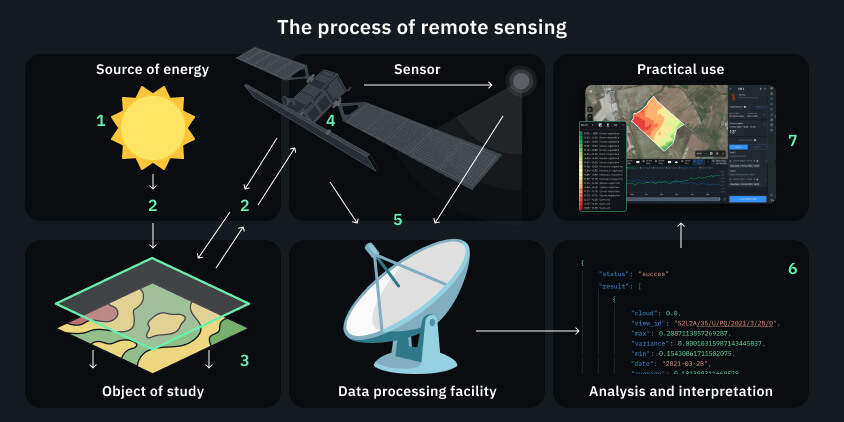 Remote Sensing By Satellite: Physical Basis, Principles, & Uses Introduction. the rate digital change the higher education institutions slower compared the rate digital evolution outside, failure the academic teaching process considered be [].Given speed evolutionary digital transformations all related technologies all learning environments subject to, current business environment .
Remote Sensing By Satellite: Physical Basis, Principles, & Uses Introduction. the rate digital change the higher education institutions slower compared the rate digital evolution outside, failure the academic teaching process considered be [].Given speed evolutionary digital transformations all related technologies all learning environments subject to, current business environment .
 Basic Concepts of Remote Sensing | PPT Basic Concepts of Remote Sensing | PPT
Basic Concepts of Remote Sensing | PPT Basic Concepts of Remote Sensing | PPT
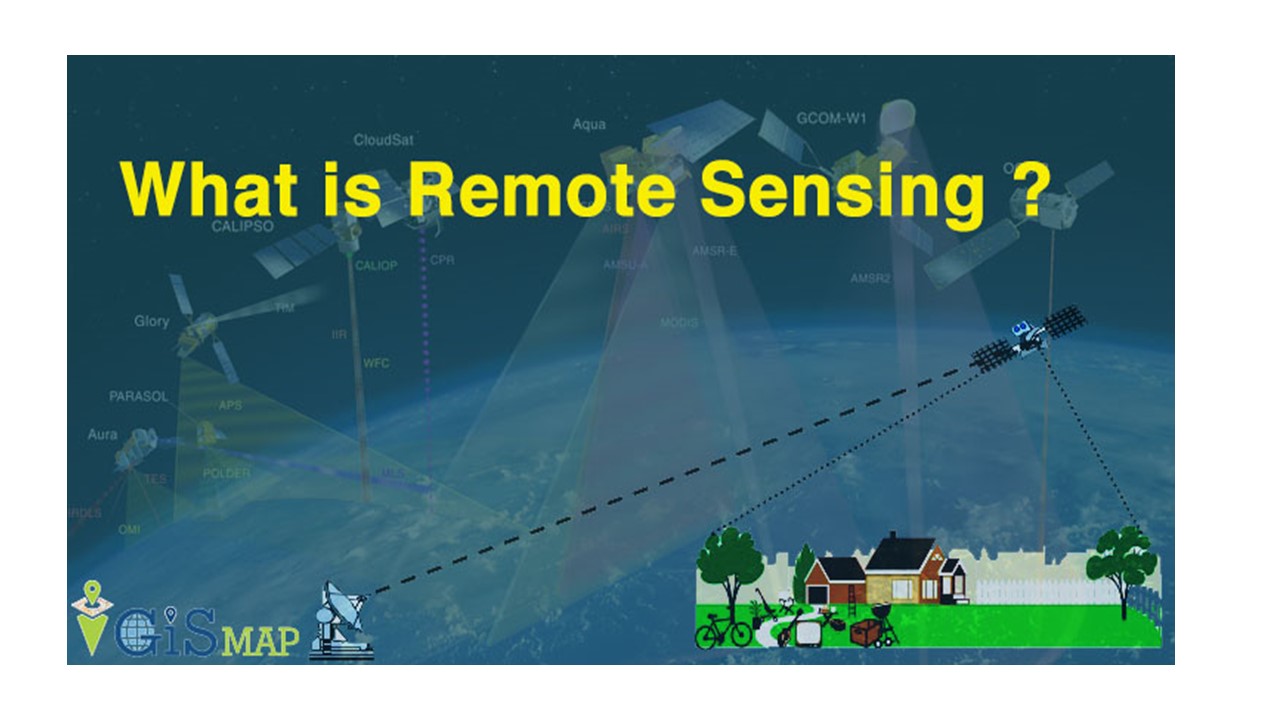 Principle of remote sensing - OlbGIS GIS Consulting Services Principle of remote sensing - OlbGIS GIS Consulting Services
Principle of remote sensing - OlbGIS GIS Consulting Services Principle of remote sensing - OlbGIS GIS Consulting Services
 The scope of remote sensing technology | Download Scientific Diagram The scope of remote sensing technology | Download Scientific Diagram
The scope of remote sensing technology | Download Scientific Diagram The scope of remote sensing technology | Download Scientific Diagram
 Remote Sensing and GIS - Applications of Remote Sensing | BYJU'S Remote Sensing and GIS - Applications of Remote Sensing | BYJU'S
Remote Sensing and GIS - Applications of Remote Sensing | BYJU'S Remote Sensing and GIS - Applications of Remote Sensing | BYJU'S

